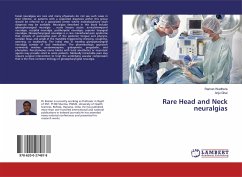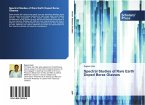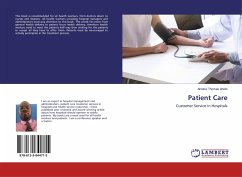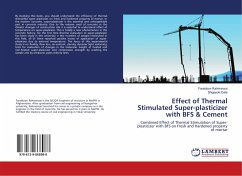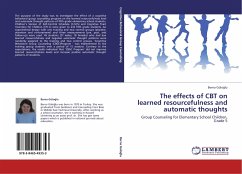Facial neuralgias are rare and many physicians do not see such cases in their lifetime, so patients with a suspected diagnosis within this group should be referred to a specialized center where multidisciplinary team diagnosis may be available. Neuralgias described in this book include glossopharyngeal neuralgia , acute herpes zoster, auriculotemporal neuralgia, occipital neuralgia, postherpetic neuralgia, superior laryngeal neuralgia. Glossopharyngeal neuralgia is a rare craniofacial pain syndrome that consists of paroxysmal pain of the posterior tongue and pharynx, tonsillar fossa, and angle of the mandible triggered by chewing, coughing, yawning, or swallowing. The initial step in treating glossopharyngeal neuralgia consists of oral medication. The pharmacologic approach commonly involves carabamezepine, gabapentin, pregabalin, and phenytoin. Percutaneous nerve blocks with local anesthetics or neurolytic agents may provide relief in some patients. Medically intractable pain may require surgical intervention to treat the underlying vascular compression that is the most common etiology of glossopharyngeal neuralgia.
Bitte wählen Sie Ihr Anliegen aus.
Rechnungen
Retourenschein anfordern
Bestellstatus
Storno

